The announcement that Bridgestone was developing an “airless” or non-pneumatic tire for the passenger vehicle market sparked the interest of many drivers. Although this prototype is still being developed, the future looks bright for this revolutionary tire.
Bridgestone airless tire technology features a unique spoke structure designed to support the weight of a vehicle, effectively eliminating the need to periodically refill the tires with air.
In 2013, Bridgestone revealed its second generation air free concept non-pneumatic tire featuring improved load-bearing capabilities, environmental design and driving performance. However, there are developments and enhancements to be made before airless tires are available for consumers. Finding a way to avoid trapping debris within the spokes, as well as developing the best way to distribute weight evenly and consistently transmit loads are a couple of these hurdles. For reasons like these, many spectators think airless tires are still a decade or so away.
Despite this, the demand to keep up with the continuous advancements in the auto industry suggest that airless tires would be a welcome step forward for consumers as well as the auto industry.
Currently, most airless tires on the market are made from solid rubber or plastic. Golf carts, trailers and lawnmowers are a few examples of these tires being used in commercial applications.
With airless tires, you never have to worry about your tires leaking because--you knew this was coming--non-pneumatic tires have no air to leak. For most drivers, this feature will sound nothing short of revolutionary. When you run over a sharp object in the road, you won’t have to worry about a flat tire because tires without air can’t go flat. An end to the days of changing a tire on the highway shoulder would be welcome to drivers everywhere.
Since you won’t be changing or repairing a flat, you don’t need to carry a spare.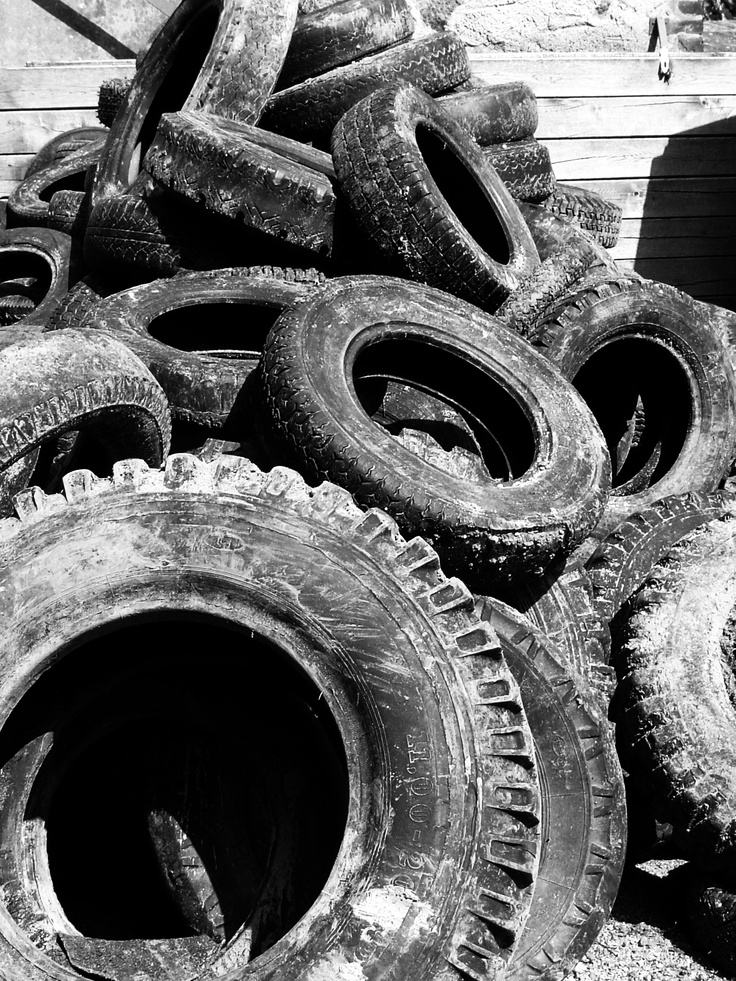 Just like cars using run-flat tires, this feature could free up trunk space. No spare also means less weight and less weight means better fuel economy
Just like cars using run-flat tires, this feature could free up trunk space. No spare also means less weight and less weight means better fuel economy
Airless tires also may offer other specific advantages for trucks in industrial application. In the farming, mining, and construction industries, tire failure can cause a loss of productivity and efficiency. Tires that never leak or puncture would be a welcome advancement.
About 90% of energy loss from tire rolling resistance comes from repeated changes in the shape of the tries as they roll. By simplifying the structure of the tire, Bridgestone was able to minimize the energy loss in these “air free concept tires.” As a result, these tires have the same level of low rolling resistance as Bridgestone pneumatic fuel efficient Ecopia tires, contributing to reductions in CO2 emissions.
The airless concept tire is one of the initiatives aimed toward Bridgestone’s long-term vision of the use of sustainable materials. The materials used in the tire are recyclable, contributing to the efficient use of resources. No part of a non-pneumatic tire ever needs to go in the garbage, which goes hand-in-hand with Bridgestone’s effort to create a “cradle-to-cradle” system in which all tires are first recycled and then factory-refashioned into new tires. Airless tires will be among the first for which this process is a reality.
The materials used in the tire are recyclable, contributing to the efficient use of resources. No part of a non-pneumatic tire ever needs to go in the garbage, which goes hand-in-hand with Bridgestone’s effort to create a “cradle-to-cradle” system in which all tires are first recycled and then factory-refashioned into new tires. Airless tires will be among the first for which this process is a reality.
Bridgestone is advancing development of the air-free concept tire are a more environmentally friendly product than existing tires and aims to bring about commercial use in a wide range of vehicles as soon as possible.
Bridgestone believes that through effective resource usage and efficient operations alongside CO2 emissions from improved fuel efficiency, as part of its aim to achieve a balance between its business and the environment, it can continue to offer attractive products to its consumers far into the future. Bridgestone will continue to implement multiple technological innovations to help bring about a more sustainable society.
Loading...
About Benefits Michelin & GM Gallery & Downloads
The First Airless Mobility Solution for Passenger Vehicles
The MICHELIN® Uptis (Unique Puncture-Proof Tire System) is an airless mobility solution for passenger vehicles, which reduces the risk of flat tires and other air loss failures that result from punctures or road hazards.
Through Michelin's expertise in high-tech materials, Uptis is a significant development in existing airless mobility technology. Uptis eliminates the need for pressure checks, making it ideal for self-driving vehicles and passenger car fleets.
General Motors, a major global OEM and valued partner to Michelin, has signed a joint research agreement as a co-development partner, with the breakthrough goal of making Uptis a mainstream reality on passenger vehicles as early as mid-decade.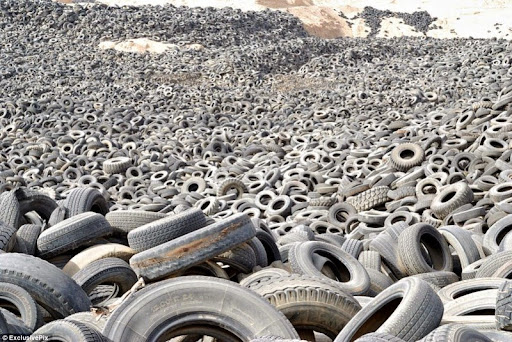
Uptis's revolutionary design and materials will yield sustainability benefits, such as reducing the number of tires that are condemned to scrap and reducing overall raw materials and energy used in tire production.
The MICHELIN® Uptis tire is an assembled airless mobility solution made accessible to passenger vehicles, which offers many advantages.
Watch Uptis 2019 Announcement Video
Car drivers feel safe and secure on the road due to the reduced risk of flat tires and other air loss failures that result from punctures or road hazards.
Fleet owners and professional vehicle drivers optimize their business productivity (no downtime from flats, near-zero levels of maintenance).
Raw material is reduced, which in turn reduces waste.
The MICHELIN® Uptis tire represents a major advancement toward achieving Michelin’s VISION concept, which includes four pillars of innovation: airless, connected, 3D-printed and 100% sustainable (renewable and bio-sourced).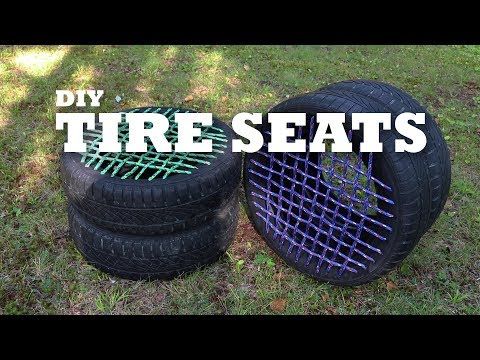
MICHELIN & GM
For Passenger vehicles
Read the press release
Airless technology enables Uptis to reduce the risk of flat tires and other air loss failures that result from punctures or road hazards. When applied to large-scale production, this characteristic means Uptis offers significant potential for reducing the use of raw materials and waste.*
12%
of tires scrapped each year due to unreparable air loss failures
+
8%
of tires scrapped each year due to irregular wear by improper tire pressure
=
~20%
of scrapped tires could be addressed by Uptis
Download Images
Download Videos
Video
Video
Video
Video
Press Release
Fact Sheet
Frequently Asked Questions
©2023 Michelin North America, Inc.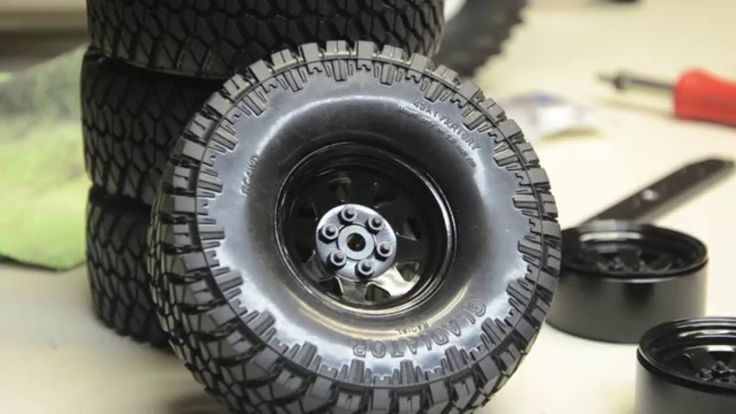 , All rights reserved. The Michelin Man is a registered trademark owned by Michelin North America, Inc. 1 Parkway S., Greenville, SC 29615 USA
, All rights reserved. The Michelin Man is a registered trademark owned by Michelin North America, Inc. 1 Parkway S., Greenville, SC 29615 USA
With a serious approach, the choice of winter tires for a car is a responsible event that significantly affects the family budget. And if the tires are also studded, then the price of a mistake when choosing increases significantly. Therefore, it is so important to rely on the opinion of experts.
It is worth recalling that winter tires are divided into European and Scandinavian (Arctic): the former are designed for mild winters with frequent thaws and rains, the latter for frost and snowy roads. Only tires of the Arctic category can be studded. nine0007
Winter tires designed for studding have a tread pattern with large blocks without sipes, where there is room for a stud nest. For a better fit, some models have a different rubber compound at different tread depths.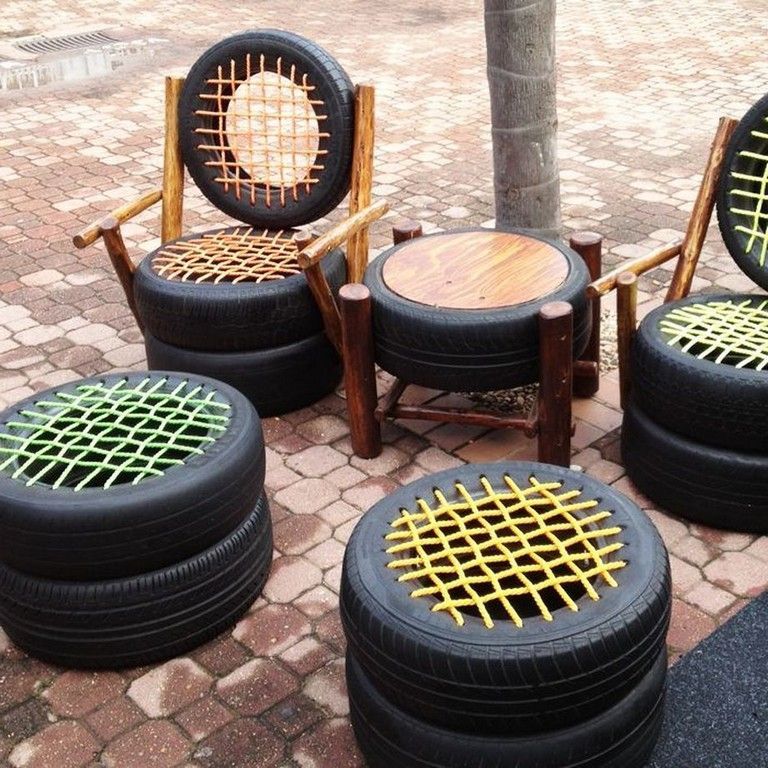 At the base of the tread, the rubber is harder, and the surface layer of a studded tire is usually softer than that of a friction tire - this is done for better grip in cold weather. Therefore, studded tires can perform better in the asphalt braking test than their friction counterparts. Although the first ones have a smaller contact patch due to the studs, they often provide a shorter braking distance: softer rubber adheres better to the micro-roughness of the road surface and the car decelerates more efficiently. nine0003
At the base of the tread, the rubber is harder, and the surface layer of a studded tire is usually softer than that of a friction tire - this is done for better grip in cold weather. Therefore, studded tires can perform better in the asphalt braking test than their friction counterparts. Although the first ones have a smaller contact patch due to the studs, they often provide a shorter braking distance: softer rubber adheres better to the micro-roughness of the road surface and the car decelerates more efficiently. nine0003
❌ A studded tire has its disadvantages:
Even a motorist with winter driving experience sometimes asks about winter tires, questions at the level of driving school cadets.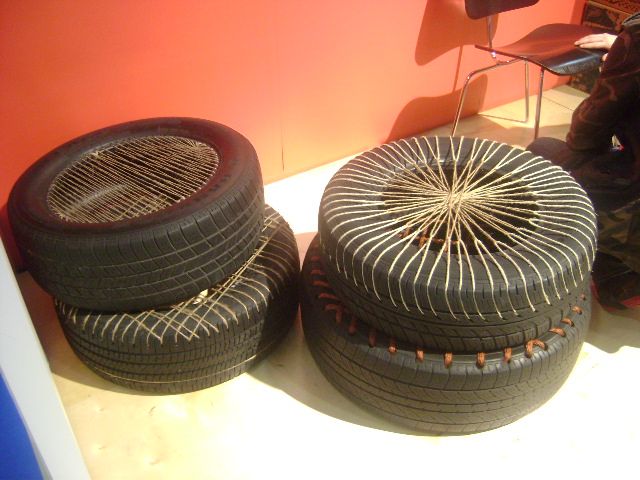 nine0003
nine0003
With regard to Ukraine, not quite so. In regions where there is no snow on the roads and the temperature does not drop below zero, frictional winter tires will be the best. Yes, the spikes will not particularly interfere, but at above zero temperatures and without cooling with snow, they will quickly overheat, "scorch" the edges of the nest and fly out of it. And what is bad about a tire with empty holes is described below.
Yes, but not necessary. And not only because it will never be possible to stud them correctly. Small pebbles and sand, which are sprinkled on roads in winter, will surely fill empty nests. This will change the softness of the tread, and besides, by bursting the nest, such a “stuffing” gradually destroys the tread blocks.
Not really.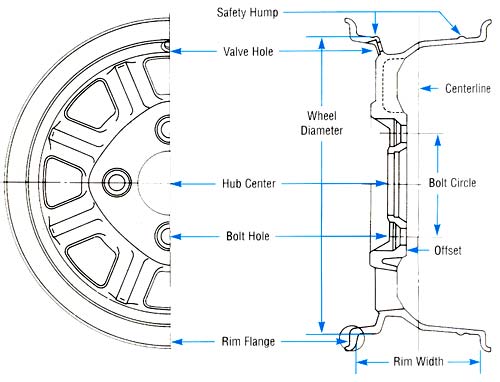 There should not just be a lot of spikes, they should be installed so that they do not follow each other. Otherwise, when braking, ice chips will not be removed from under them and the tire will “float” on it. Correctly installed spikes may be fewer, but they will work more efficiently than randomly "studded" in larger numbers. In addition, in some countries the number of studs per unit of tread length is legally limited. nine0003
There should not just be a lot of spikes, they should be installed so that they do not follow each other. Otherwise, when braking, ice chips will not be removed from under them and the tire will “float” on it. Correctly installed spikes may be fewer, but they will work more efficiently than randomly "studded" in larger numbers. In addition, in some countries the number of studs per unit of tread length is legally limited. nine0003
The short answer is yes, you can. However, much depends on additional factors. And they will be discussed below.
Only specially designed tires are suitable for studding. Today, it is no longer possible to find tires without molded holes, and rightly so, because it will not be possible to drill such a drill, even with a tubular drill. For proper studding, it is better to have a special gun that pushes the edges of the nest apart and puts a thorn into it with force. nine0003
nine0003
There are several conditions for correct studding:
Modern spikes differ from each other in length, number of flanges, shape and material of the body, shape of the carbide insert - core.
Most tire manufacturers use studs with a signature twist, although they all have the same goal: to make the stud as grippy and light as possible. Lighter studs have less impact on the road surface, which means that more can be installed on each tire. Thus, the legislation of those European countries where studs are allowed allows up to 50 studs per meter of tread circumference with a mass of 1.1 g each.
Lighter studs have less impact on the road surface, which means that more can be installed on each tire. Thus, the legislation of those European countries where studs are allowed allows up to 50 studs per meter of tread circumference with a mass of 1.1 g each.
Today aluminum body studs are widely used, the mass of which can be reduced to 0.8 g. Plastic body is rarely used, except in repair studs to increase their diameter.
Most studs have two flanges for better durability, and the bottom one is often not round to prevent the stud from turning. This is necessary for the correct placement of a stud with a complex-shaped core, which must be oriented in the tread in a certain way.
Loss of studs is perhaps the biggest problem that studded tires suffer from. If the number of studs that the tire has lost is so high that it does not have reliable grip, it is worth considering replacing the tire.
However, in some cases the tire studding can be repeated.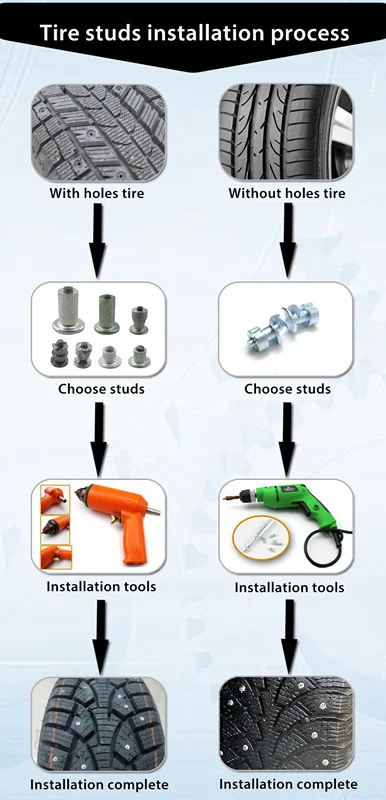 This makes sense if the tire tread is worn to no more than 5 mm or if the sockets are not heavily worn. But the problem lies precisely in the fact that the spikes are lost precisely because of the wear of the sockets. First of all, their edges are broken, and the diameter of the hole increases to the full depth. In addition, the rubber adjacent to the stud often loses its elasticity due to overheating. nine0003
This makes sense if the tire tread is worn to no more than 5 mm or if the sockets are not heavily worn. But the problem lies precisely in the fact that the spikes are lost precisely because of the wear of the sockets. First of all, their edges are broken, and the diameter of the hole increases to the full depth. In addition, the rubber adjacent to the stud often loses its elasticity due to overheating. nine0003
The problem is solved by using larger diameter spikes, they are called repair spikes. The task of the master is to select in each case a repair spike of the required diameter so that it sits tightly in the hole, with the necessary tightness.
In this case, it is also necessary to select the studs along the length, since the depth of the socket changes: due to wear of the tread, it decreases, and due to the loosening of the flange at the bottom of the socket, it increases. The length of the spike should be 1 mm more than the depth of its socket. Thus, the success of repair studding also depends on the correct measurement of worn sockets.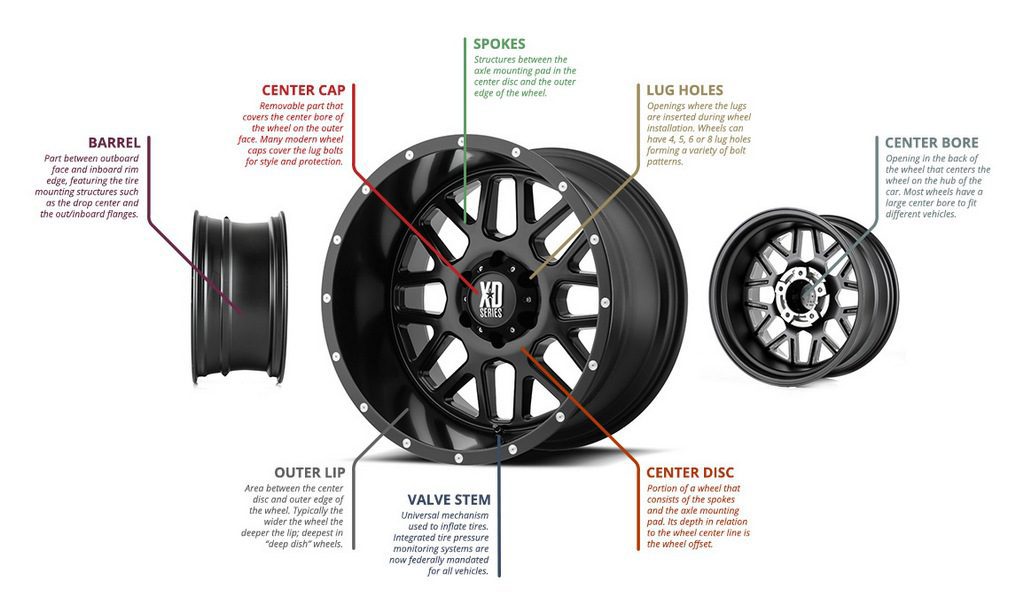 nine0003
nine0003
Studded winter tires are not a panacea, they do not solve all problems when driving on slippery roads. However, studs significantly improve acceleration, braking and handling on ice and packed snow, especially at temperatures down to minus -20 C.
For better stud preservation, these tires must not:
In addition, shorten the "life" of the spikes such techniques as:
To avoid overheating the studs:
In general, if you are a calm and balanced driver and your car does not pretend to be a street racing car, you do not need any special tricks to drive on spikes.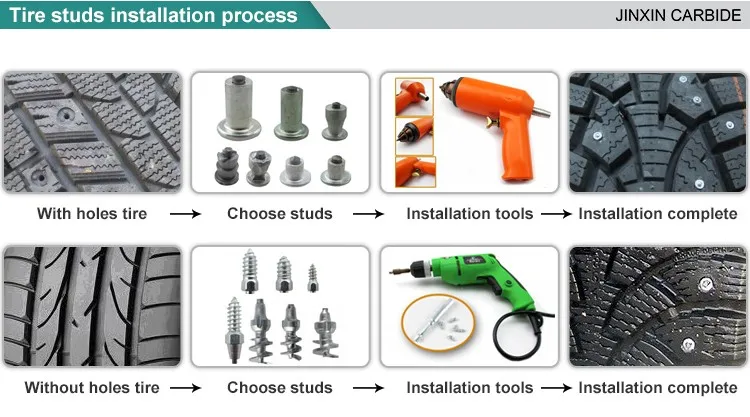
The catalog of the online store "Tires and Disks" has a variety of tire models. Nadіynimi will be zrazki, scho guaranty zcheplennya on the road for folded weather minds. Tires with studs from light retailers Michelin, Continental, Diplomat are inexpensive, so water often looks at the option of adding a simple gum with openings for studs. nine0003
Do-shipuvannya, vikonan independently, allow me to remake the winter wheels. The savings are obvious. It is necessary to lie, that it is impossible to vikonate. It’s better to go to a car service, to send a service to some kind of tire spouting.
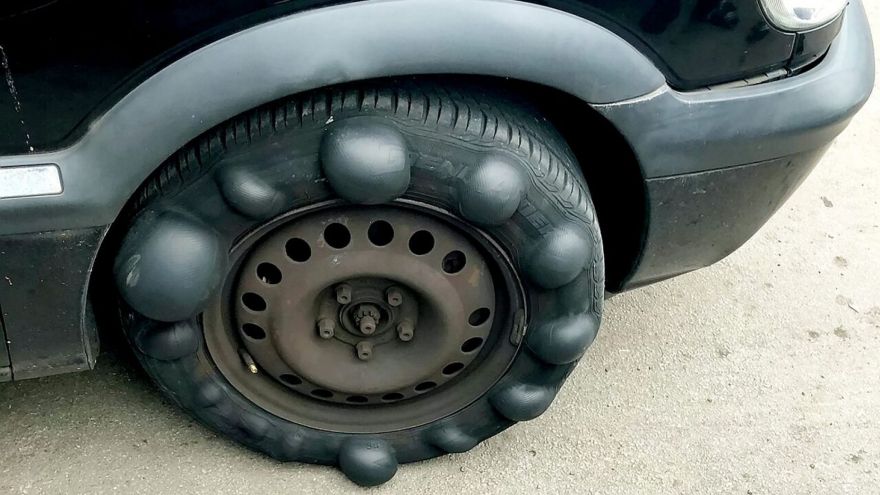 Vodії call її "Velcro" chi winter. Experts vikoristovuyut scientific term - "friction" ("friction" from English is translated as "rubbing"). Become aware that the frictional gumma can garni zchіpnі authority without thorns. The slats of great depth, the gum of a soft warehouse, the sharpening of the edges, and the careless rush.
Vodії call її "Velcro" chi winter. Experts vikoristovuyut scientific term - "friction" ("friction" from English is translated as "rubbing"). Become aware that the frictional gumma can garni zchіpnі authority without thorns. The slats of great depth, the gum of a soft warehouse, the sharpening of the edges, and the careless rush. Experts to please not fizzle friction gum. Tuning simply zips expensive wheels, even though the treads have no grooves and spikes. If you want to travel “on spikes”, then it is necessary to bring a complete set.
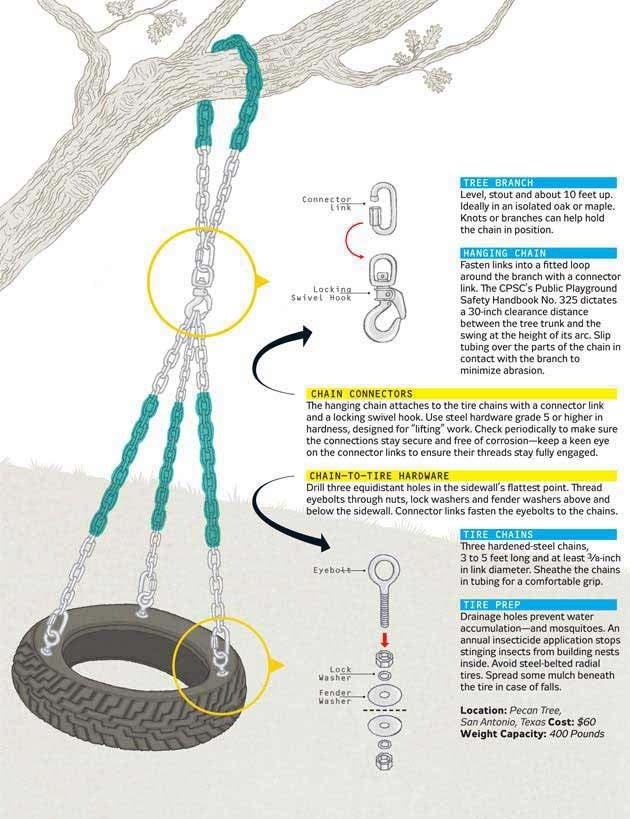 nine0003
nine0003
Positive sides of studs:
When the snow begins to thaw, the thorns do not work: the snow mass cuts like a knife.
Negative power of spikes:
In our climatic minds, if the oxen is changing in a good way or a hurt, the waters have to independently virishuvati: put spikes or it’s better without them. Prote insurance companies do not care about the mother on the right from the head of a car, which winter gum is not studded.
Tires, on which you can race with a great swedish snowy curve, can drive on smooth asphalt.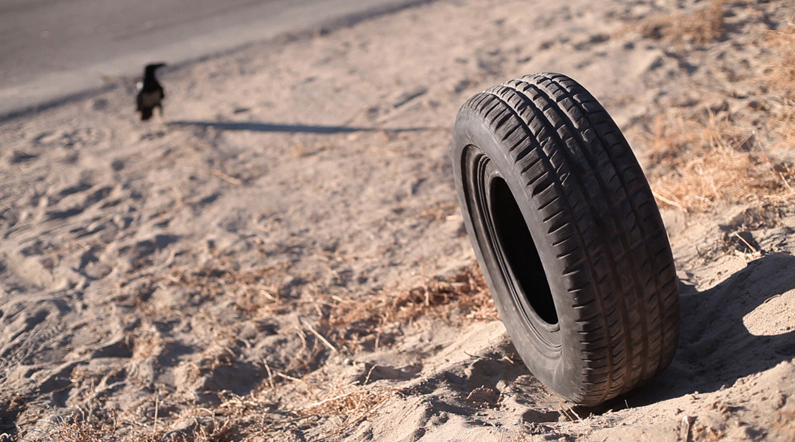 First, you can slander the road police and write a fine. Subject: tires do not comply with technical regulations. In another way, driving a car from studded gum on the track of a caterpillar tractor. nine0003
First, you can slander the road police and write a fine. Subject: tires do not comply with technical regulations. In another way, driving a car from studded gum on the track of a caterpillar tractor. nine0003
The protector under the studding is required by various types of transport:
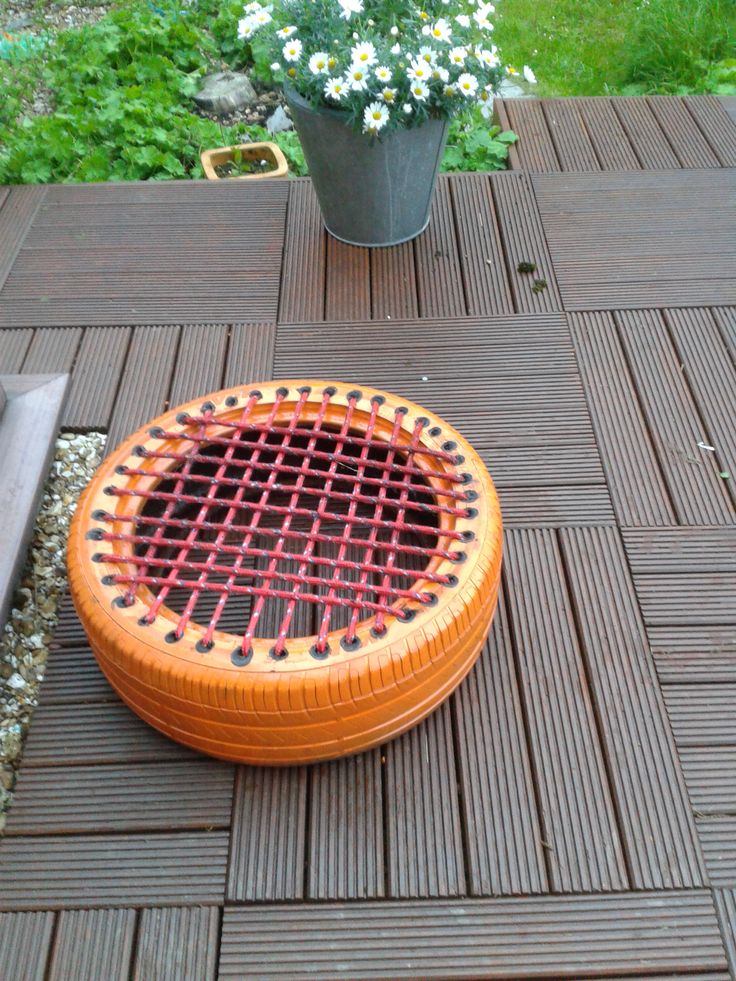
Foldable tires buy special gum and studding to save money, but you can’t ride on such tires without studs.
You can ride on the gum and fizz, but it's not true. For dry, frosty weather, it's better to get friction tires. But if the weather forecasters are ahead of the rainfall and the rainfall, then it’s natural to need a gum and a spike. It is not easy to put thorns into the nests, but to ensure the safe movement of the pozaslyahovik along the snowy route.
Two options:
 A small detail exactly matches the opening on the tire. Get out of the bag at once. The factory version is even better. nine0023
A small detail exactly matches the opening on the tire. Get out of the bag at once. The factory version is even better. nine0023
One more note: there are no perfect tires, but it is possible to choose them according to your needs.
Technique for installing studs with low nuances:
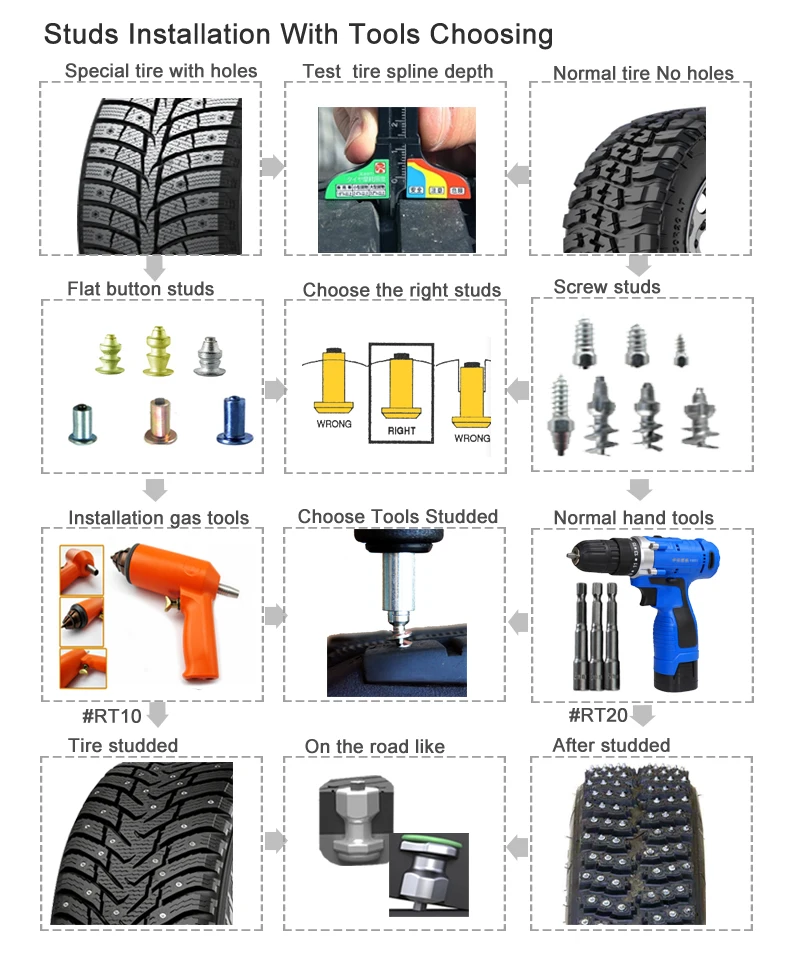
The process of becoming a professional is necessary and necessary.
Yaksnі repair robots can be contacted by the company "Tires and Wheels". Pluses of the order:
Virishuvati, do not bathe studded gum, sibilate chi, on the right skin water, protest is just a small car detail to add to the feeling of safety on the slimy road. nine0003
A variety of non-studded winter gumi maj sense, as the car is more important to operate in the local regime, the roads are cleared and treated with reagents, and the climate mind does not transfer heavy snowfalls.